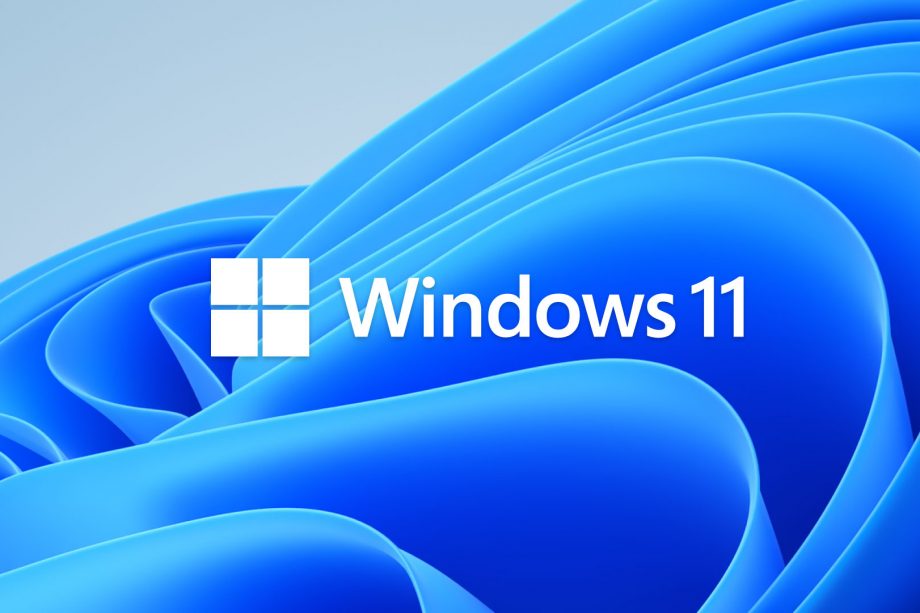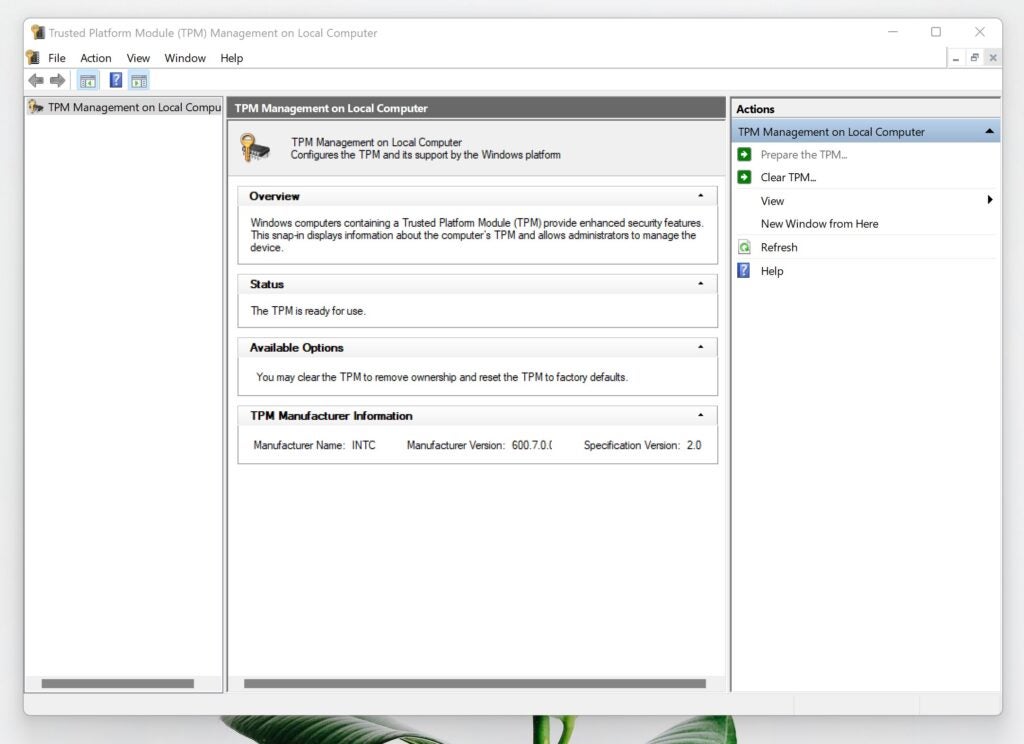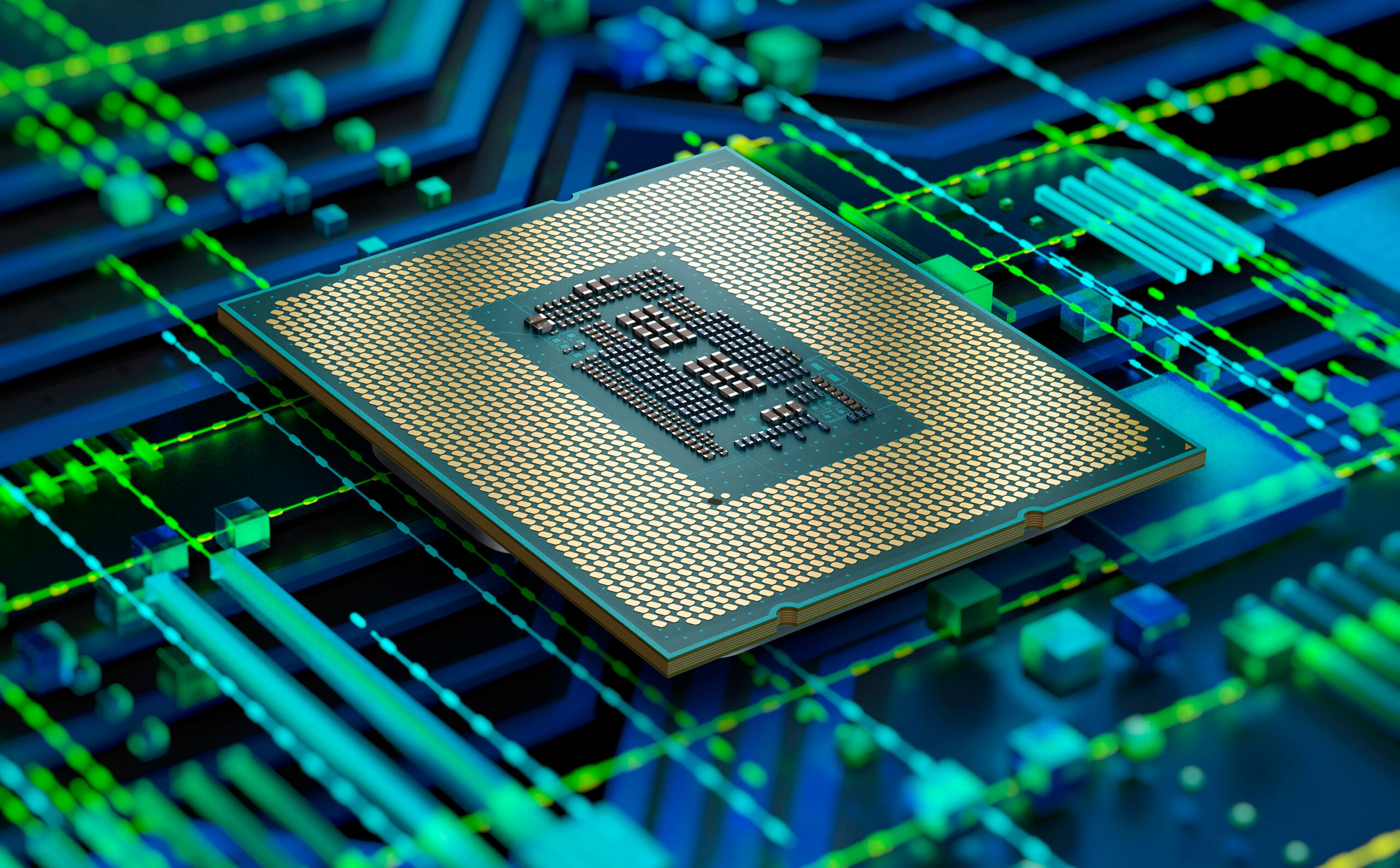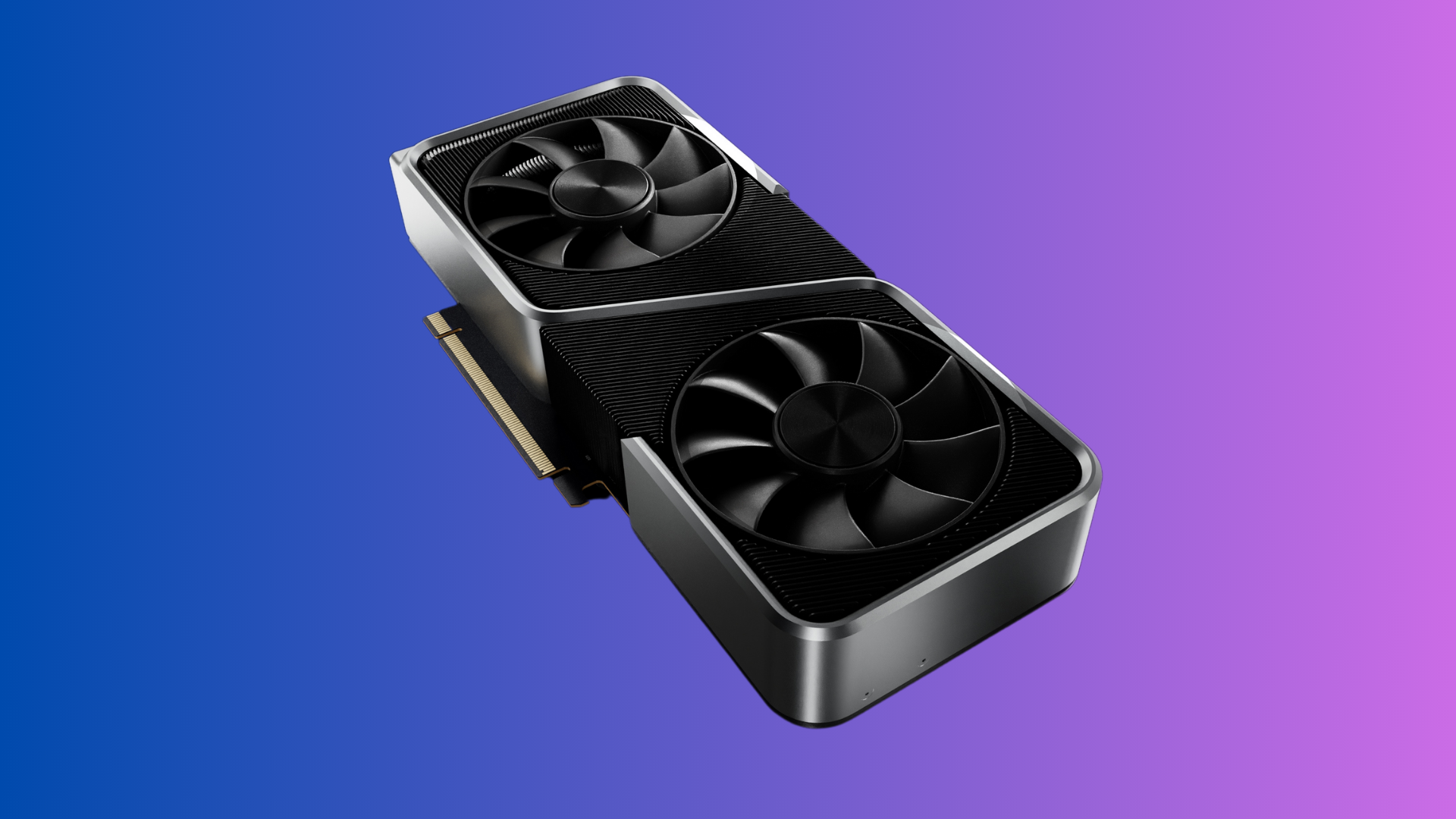What is a TPM? All you need to know about Trusted Platform Module

The launch of Windows 11 last year really put TPMs in the spotlight, with many people wondering if their PC was up to snuff. But what is TPM, and why does it matter?
Read on to find out what a TPM chip is and why Microsoft is so insistent about its inclusion.
What is a TPM chip?
A TPM (also known as a trusted platform module chip) is a cryptoprocessor that secures a computer through an integrated cryptographic key. The main function of a TPM is to prevent hackers from accessing your computer and leaking your data, making it an important aspect of your PC’s security system.
You will need a TPM chip to run Windows 11 effectively, as Microsoft is putting more emphasis on safety and keeping its platforms secure.
How does a TPM work?
A TPM is generally either integrated into a device’s motherboard or added manually to the CPU. Companies like AMD and Intel have ensured that all modern processors pack this technology, however, anyone using a PC from a few years back may be missing this feature.
Each time you log in to your computer, the TPM supplies a unique code called a cryptographic key. If there is no detected issue, the PC or laptop will start up as normal, but if the PC deems your security to be compromised, it will automatically enter lockdown to prevent hackers from gaining access.
Does my device have a TPM chip?
You can check whether your laptop or PC has a TMP chip by using a few methods, with the first being checking the TPM management tool that is built into Windows.
Simply press Windows+R at the same time to open a dialogue window. Type tpm.msc into the box and press enter.
If your device brings up a window about the TPM inside your PC, you will have a TPM. The bottom-right corner will tell you which version, with Windows 11 needing the TPM 2.0 option to work.

If a ‘Compatible TPM cannot be found’ message appears, that means your PC does not house a TPM chip.
But don’t lose all hope; if your system is flagged up as not having a TPM, despite using a modern processor, then it may just be the case of needing to activate it in your BIOS.
For example, our system was flagged as not having a TPM despite using a Ryzen 7 5800X processor, which is on the list of approved processors.
For more details on Windows 11, check out our Windows 11 vs Windows 10 video for more news on the biggest improvements.








